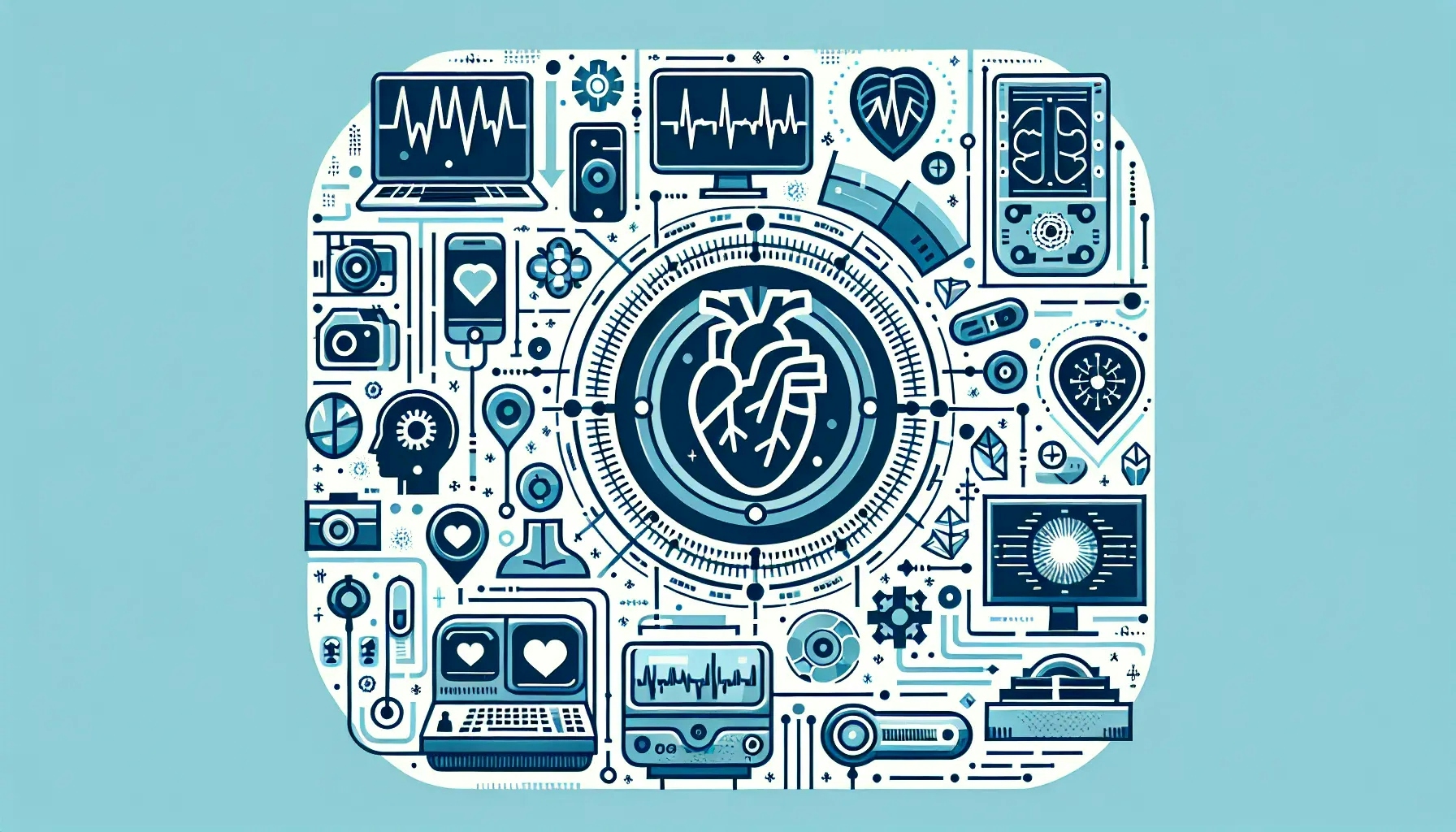Welcome to a world where technology and healthcare intersect, creating a revolution in physiological diagnostics. This blog post will take you through the latest innovations in this field, highlighting how they are reshaping our understanding of the human body and transforming patient care. From wearable technology to AI-driven analysis, we will explore the cutting-edge advancements that are setting new standards in medical diagnostics.
The Rise of Wearable Technology
Wearable technology is making waves in the field of physiological diagnostics. These devices, often compact and user-friendly, are capable of monitoring a wide range of physiological parameters. They provide real-time data, enabling healthcare professionals to make informed decisions about patient care.
The Apple Watch, for instance, is more than just a timepiece. It can detect irregular heart rhythms, potentially identifying conditions like atrial fibrillation. Similarly, Fitbit devices can track sleep patterns, heart rate, and physical activity levels, offering valuable insights into a person's health.
Wearable technology is not limited to wristbands and watches. We now have smart clothing with embedded sensors, smart glasses for vision correction, and even smart tattoos that can monitor biochemical markers in the skin. These innovations are making physiological diagnostics more accessible and convenient, promoting proactive healthcare.
The Impact of Artificial Intelligence
Artificial Intelligence (AI) is another game-changer in physiological diagnostics. AI algorithms can analyze vast amounts of data, identifying patterns and making predictions that would be impossible for humans.
Take, for example, the use of AI in radiology. AI can analyze imaging data to detect abnormalities, often with greater accuracy than human radiologists. This not only improves diagnostic accuracy but also reduces the workload for healthcare professionals.
AI is also being used to predict disease progression. Machine learning algorithms can analyze historical patient data to predict the likelihood of disease progression or the effectiveness of a particular treatment. This can help doctors make more informed decisions about patient care.
The Power of Genomic Sequencing
Genomic sequencing is another innovation that is revolutionizing physiological diagnostics. By sequencing a person's genome, doctors can identify genetic mutations that may predispose a person to certain diseases.
This is particularly useful in the field of oncology. Many cancers are caused by genetic mutations, and genomic sequencing can help identify these mutations. This can lead to early detection and more effective treatment.
Genomic sequencing is also being used to personalize medicine. By understanding a person's genetic makeup, doctors can tailor treatments to the individual, increasing their effectiveness and reducing side effects.
The Emergence of Telemedicine
Telemedicine is transforming the way we access healthcare. With telemedicine, patients can consult with healthcare professionals from the comfort of their own homes. This is particularly beneficial for those living in remote areas or those with mobility issues.
Telemedicine also enables remote monitoring of patients. Using wearable technology, doctors can monitor a patient's physiological parameters in real-time, even if they are miles away. This can help detect health issues early, improving patient outcomes.
The Future of Physiological Diagnostics
With these innovations, the future of physiological diagnostics looks bright. We can expect further advancements in wearable technology, with devices becoming more sophisticated and capable of monitoring a wider range of physiological parameters.
AI will continue to play a crucial role, with algorithms becoming more accurate and capable of analyzing more complex data. Genomic sequencing will become more accessible, leading to more personalized medicine.
Telemedicine will also continue to grow, making healthcare more accessible for all. With these advancements, physiological diagnostics will become more accurate, efficient, and personalized, leading to better patient care and outcomes.
Challenges and Opportunities
Despite these advancements, there are still challenges to overcome. For instance, there are concerns about data privacy and security with wearable technology and telemedicine. There are also issues with the accuracy and reliability of AI algorithms.
However, these challenges also present opportunities. There is a need for more research and development to improve the accuracy and reliability of these technologies. There is also a need for stricter regulations to protect patient data.
Despite these challenges, the benefits of these innovations in physiological diagnostics far outweigh the drawbacks. They represent a significant step forward in healthcare, offering the promise of better patient care and improved health outcomes.
Wrapping Up: A New Era in Physiological Diagnostics
As we have seen, innovations in physiological diagnostics are reshaping healthcare. From wearable technology to AI, genomic sequencing, and telemedicine, these advancements are making diagnostics more accurate, efficient, and personalized. While challenges remain, the future of physiological diagnostics looks promising. As these technologies continue to evolve, we can look forward to a new era in healthcare, where diagnostics are not just about detecting disease, but also about promoting overall health and well-being.

